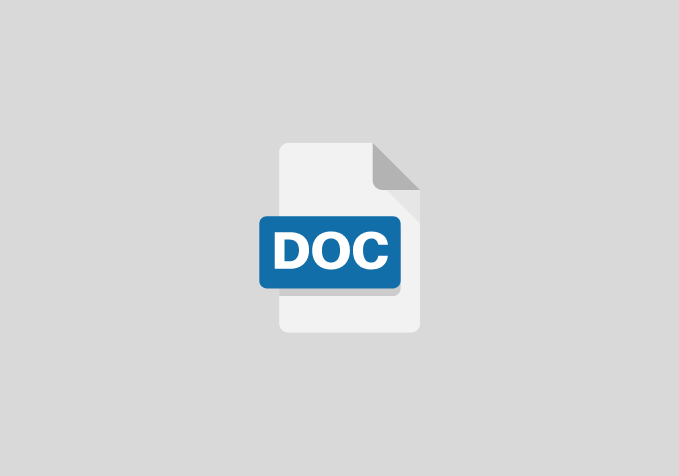An Essay on Counselling Skills and Techniques
Chapter One
PREAMBLE OF THE STUDY
Is a psychological specialty that encompasses research and applied work in several broad domains: counseling process and outcome; supervision and training; career development and counseling; and prevention and health. Some unifying themes among counseling psychologists include a focus on assets and strengths, person environment interactions, educational and career development, brief interactions, and a focus on intact personalities.
Counseling psychology is a general practice and health service provider specialty in professional psychology. It centers on how people purpose both personally and in their relationships at all ages. Counseling psychology addresses the emotional, social, work, school and physical health concerns people may have at differ stages in their lives, targeting on typical life stresses and more severe problems with which people may struggle as a person and as a part of families, groups and organizations. Counseling psychologists help people with physical, emotional and mental health issues improve their sense of well‐being, alleviate feelings of distress and resolve crises. They also provide assessment, diagnosis, and treatment of more severe psychological symptoms.
CHAPTER TWO
LITERATURE REVIEW
Relationships, Variables, and Ethics
Relationships
The relationship between a counsellor and client is the feelings and attitudes that a customer and therapist have towards on another, and the way in which those feelings and characters are expressed. Some theorists have guessed that the relationship may be thought of in three parts: transference and countertransference, working alliance, and the real or personal relationship. Other theorists debate that the concepts of transference and countertransference are outdated and inadequate
Variables
Client features such as help-seeking characters and attachment style have been found to be related to client use of counseling, as well as expectations and outcome. Stigma against mental illness can keep people from honoring problems and seeking help. Public stigma has been found to be related to self-stigma, attitudes towards counseling, and willingness to seek help.
Ethics
The concept of ethics relates to moral consideration. The challenge lies in what is considered moral or ethical. Each counsellor comes to the profession with their own set of values and standards. Individual rules and how they were used to interpret predicament would be universally different. Therefore, a Code of Ethics a general standard that counsellors and therapists stick to and use co jointly with legal standards to provide ethical practice and work through ethical predicament is required.
Training Process & Research Methods
Research about the counselling process and outcome uses a variety of research methodologies to answer questions about if, how, and why counselling works. Quantitative methods include aimlessly controlled clinical trials, correlation studies over the course of counselling, or laboratory studies about specific counselling process and outcome variables. Qualitative research methods can involve conducting, transcribing and coding interviews; transcribing and/or coding therapy sessions; or fine-grain analysis of single counselling sessions or counselling cases.
CHAPTER THREE
Conclusion
Counselling is an interactive process of a unique relationship between counsellor and customer that leads to the customer changing his or her cognition (belief), affection (emotion) or behaviour. There is growing realization that counselling is an important profession as society becomes more modern and urbanized.
References
- Wendy Kline, Building a Better Race: Gender, Sexuality, and Eugenics from the Turn of the century Abraham Stone, Marriage Education and Marriage Counseling in the United States.
- Jill Lepore, The rise of marriage therapy, and other dreams of human betterment., The New Yorker, 29 March 29, 2010.
- Nichols & Schwartz, Family Therapy: Concepts and Methods. Fourth edition.
- Allyn & Bacon Stewart v Layton (1992) 111 ALR 687 Sternberg, J. “Satisfaction in close relationships”, Guilford Press, 1997, p. 344
- Kaiser-Wienhoff Couples Direct Analysis CDA Kaslow, Florence W.; Patterson, Terence (2004-01-30). Comprehensive Handbook of Psychotherapy, Cognitive-Behavioral Approaches. ISBN 9780471211006.
- Gottman, J The Marriage Clinic: A Scientifically Based Marital Therapy (Norton, 1999)”Smart Marriage Archives”. Archived from the original on 2006-06-17. Retrieved 2009-05-28.
- Johnson, Sue. “Books – Dr. Sue Johnson”. www.drsuejohnson.com. Retrieved 31 December 2018.
- Chapman and Compton: (2003) From Traditional Behavioral Couple Therapy to Integrative Behavioral Couple Therapy: New Research Directions The Behavior Analyst Today, 4 (1), 17 -25
- BAO O’Donohue, W. and Ferguson, K.E. (2006): Evidence-Based Practice in Psychology and Behavior Analysis. The Behavior Analyst Today, 7(3) 335- 347

